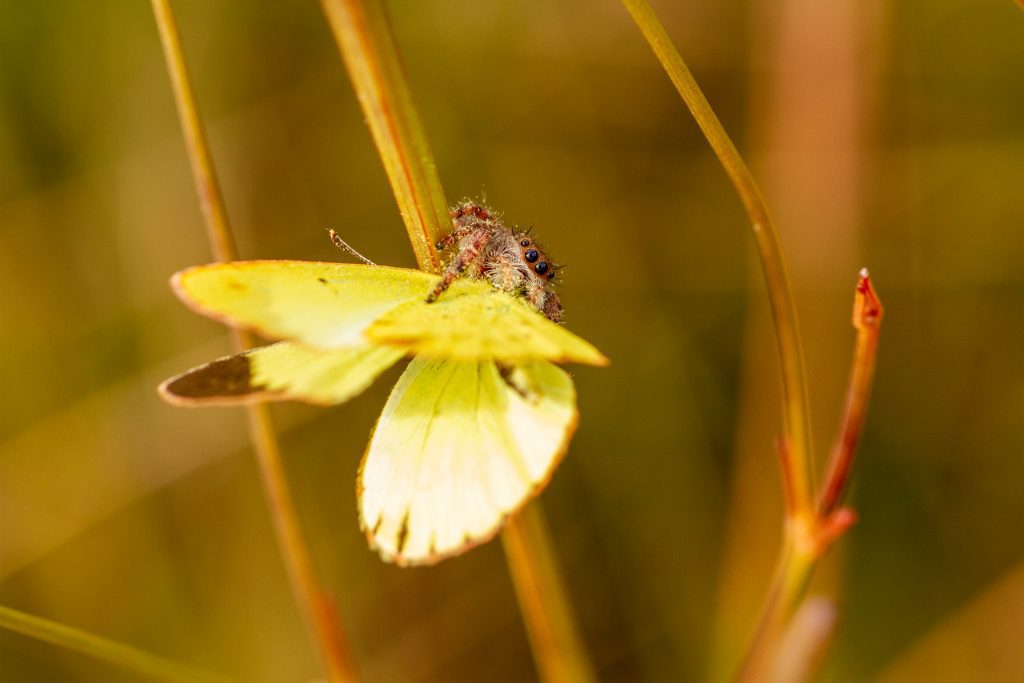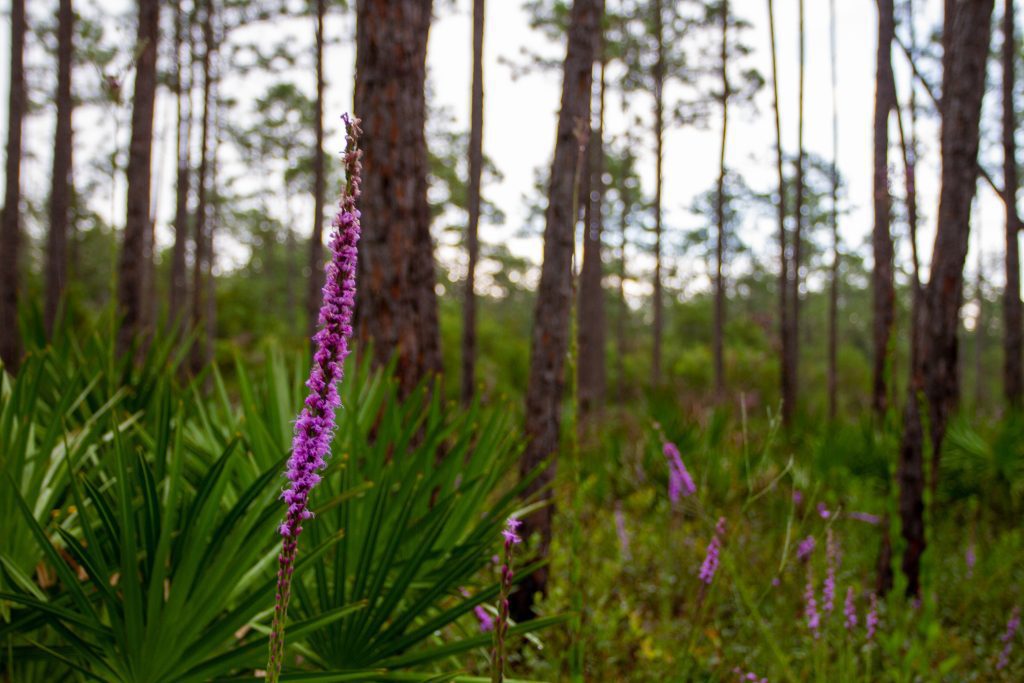Meet our newest contributor, Dani Davis, an ecology master’s student at Florida State University!
Hi, I’m Dani.
As a new (well, technically returning) Floridian, I have been overwhelmed in the best possible way by the diversity of habitats and species that are just outside my doorstep. Since I moved here a little over a year ago, I have devoted my free time to exploring natural Florida and meeting the creatures that reside there. This quest has taken me to bogs and savannas, sandhills and flatwoods, bromeliad swamps, maritime forests, springs, and seagrass beds- and I’ve barely scratched the surface.
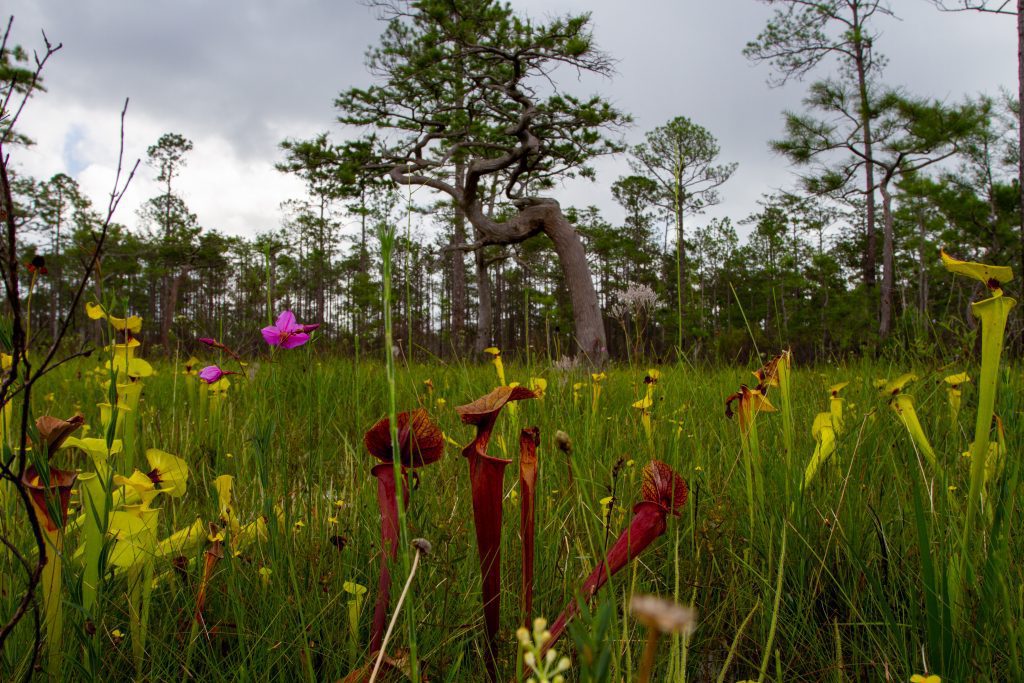
But a little background on me first. I moved to Tallahassee during the height of the pandemic in summer 2020 to start graduate school at Florida State University, where I’m pursuing a master’s degree in ecology. I study how the nutrients coming in from the ocean, primarily in the form of seaweed (also known as wrack), may act as a fertilizer for barrier island plant communities.
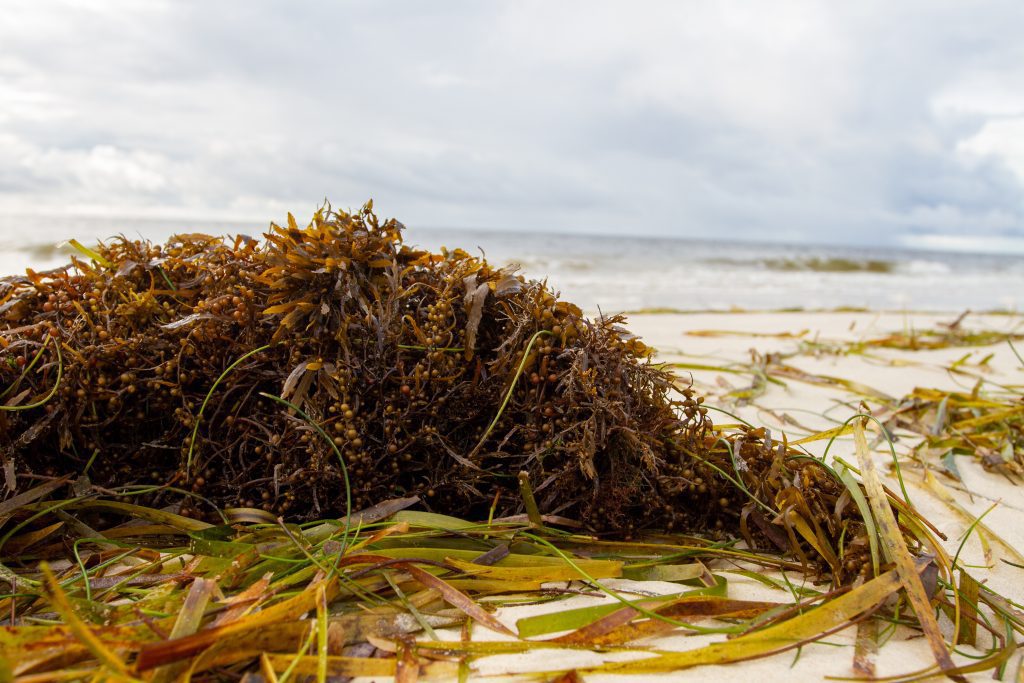
Before moving down to Tallahassee, I worked at a small nature center – The Newman Wetlands Center – as an outdoor educator and naturalist. While at the wetlands center, I taught various classes on topics ranging from wetlands ecology to winter tree identification and led Plein air painting, nature journaling, and photography trips. Through these courses and weekend community programs, I was able to work with people from a wide range of ages and backgrounds. I fell in love with talking to people about science, nature, and art in the field and on the trail.
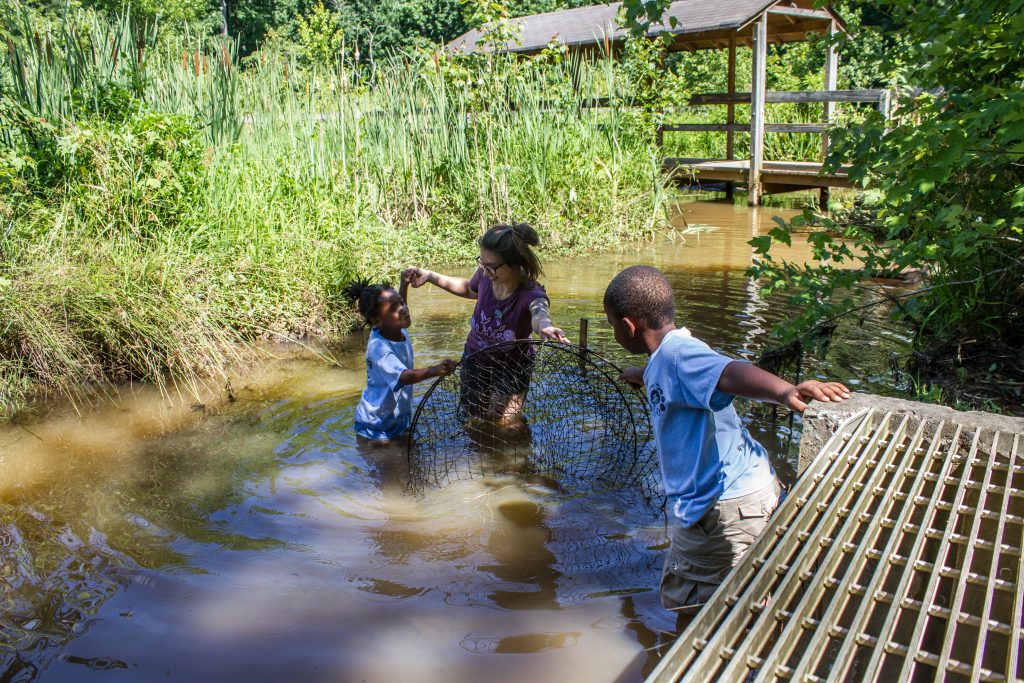
Now that I’m a Florida State, I’ve continued in this by making virtual field trips for undergraduate ecology students. In addition, I make art designed to highlight Florida’s natural communities and the threatened or endemic species that reside there.
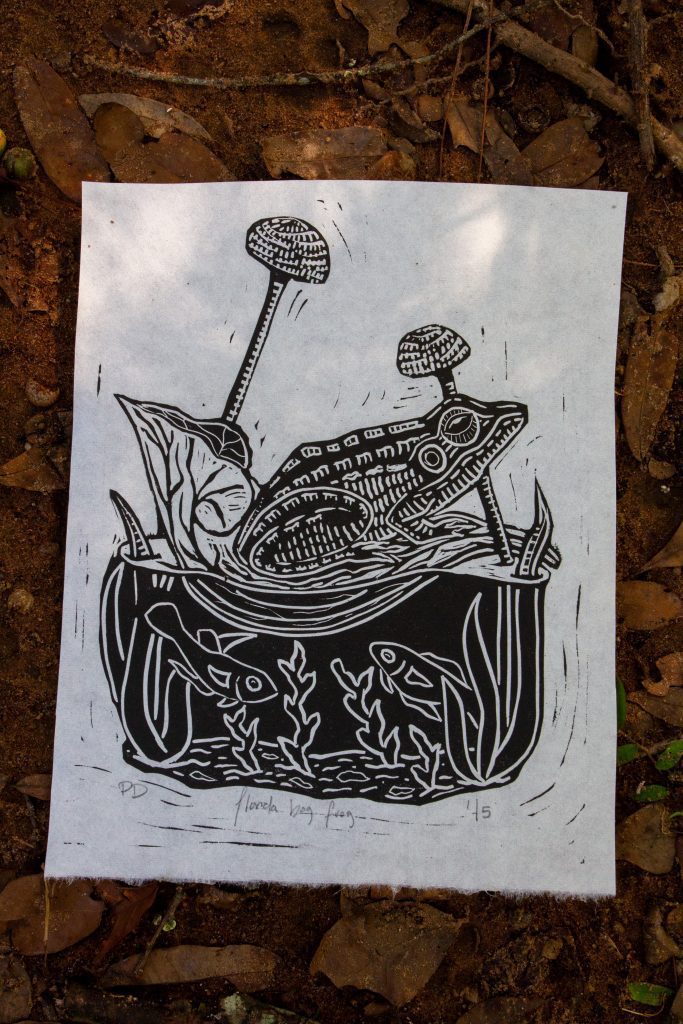
Searching for creatures in nature is not a new habit of mine. I’m a native Floridian, which offers a unique childhood, especially to kids who are easily excited by bugs, reptiles, and other crawling things. Growing up, I built terrariums for the anoles and other bugs that I would find and constantly searched for creatures around our home.
We moved to Georgia, which brought forests, and mountains, and creeks. I left Georgia at 18 and moved to Colorado, and then to Arizona, where the majesty of the Rockies and the high desert sent me back to Georgia to go to college out of a passion for protecting our natural spaces. I’ve continued in this passion to where I am today, working to understand and protect habitats and to spend as much time as possible outside, meeting my creature neighbors and sharing my passion for them with anyone who will listen.
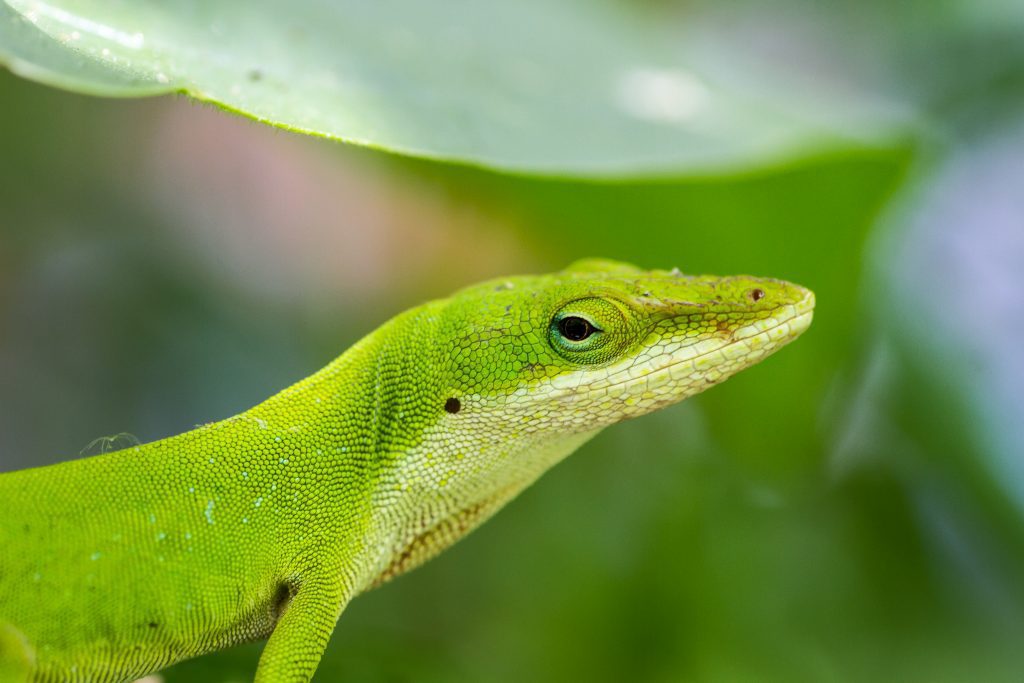
It’s easy to lose oneself in the incredible diversity of habitats and creatures living in north Florida. What has blown me away the most is the vast amount of endemic or highly range-restricted species that cover the panhandle landscape. It seems like everywhere I turn, I find one of these species – a creature that I never knew existed and only living in a small set of restricted habitats. It feels like such a supreme honor to share space with these creatures, to enter into their habitats with them where they’ve persisted for vast amounts of time.
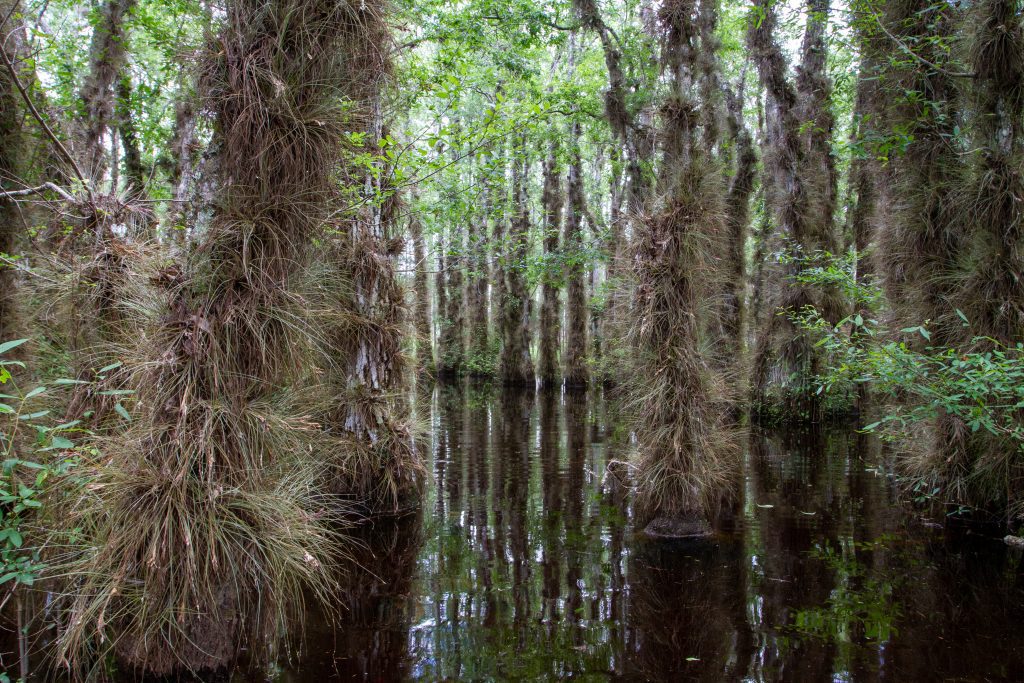
One of these situations happened recently as I searched for gopher tortoises at an old field site of a since retried Florida State faculty member. While looking for tortoises, which I didn’t find, I came across two of these small-ranged species. First was a massive patch of Chapman’s Blazing Star (Liatris chapmanii), a species found only in the sandhills of north Florida, Alabama, and Georgia.
The other was this ridiculous pink flowering plant that I couldn’t even place in a plant family at first glance. With some research, I realized it was Sessileleaf Pinelandcress (Warea sessilifolia) – another local species endemic to the Gulf Coastal Plain, and just obnoxiously pretty.
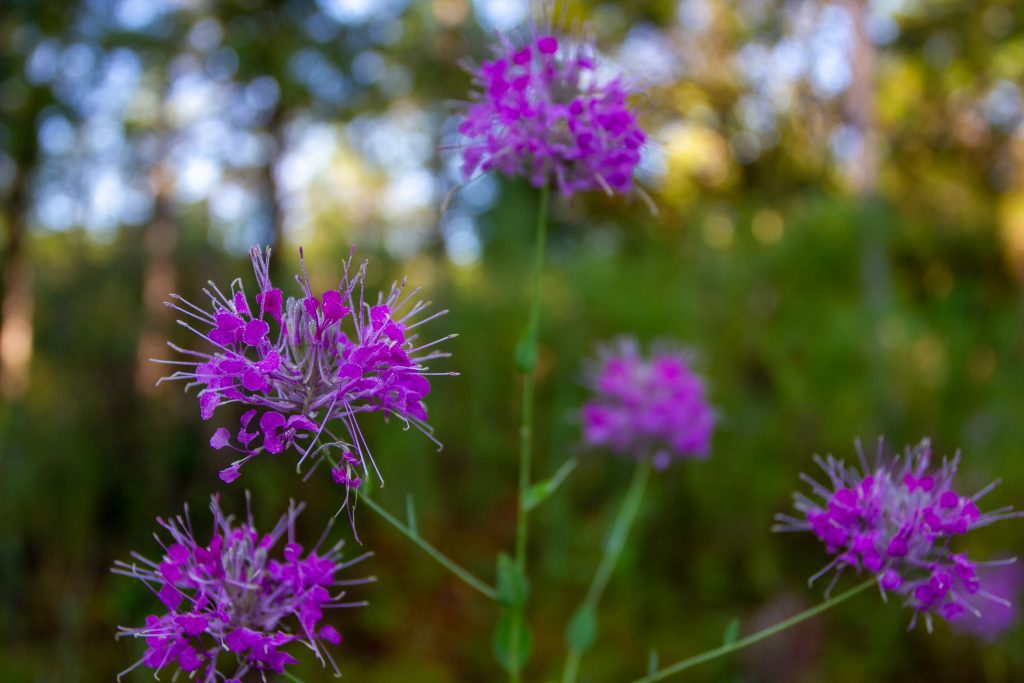
These sorts of days in the field are not uncommon, and it’s not that I’m traveling to distant and secret locations hidden behind locked gates. That is far from it! Instead, it’s simply the biodiversity hotspot that we live in, with an insane number of species living in our backyards. Here in North Florida, we have some of the highest diversity of different plant families in the whole nation. If plants aren’t your thing, we have some of the greatest variety of amphibian species. This pattern holds for endemic species of birds, mammals, and reptiles (explore for yourself at: https://biodiversitymapping.org/).
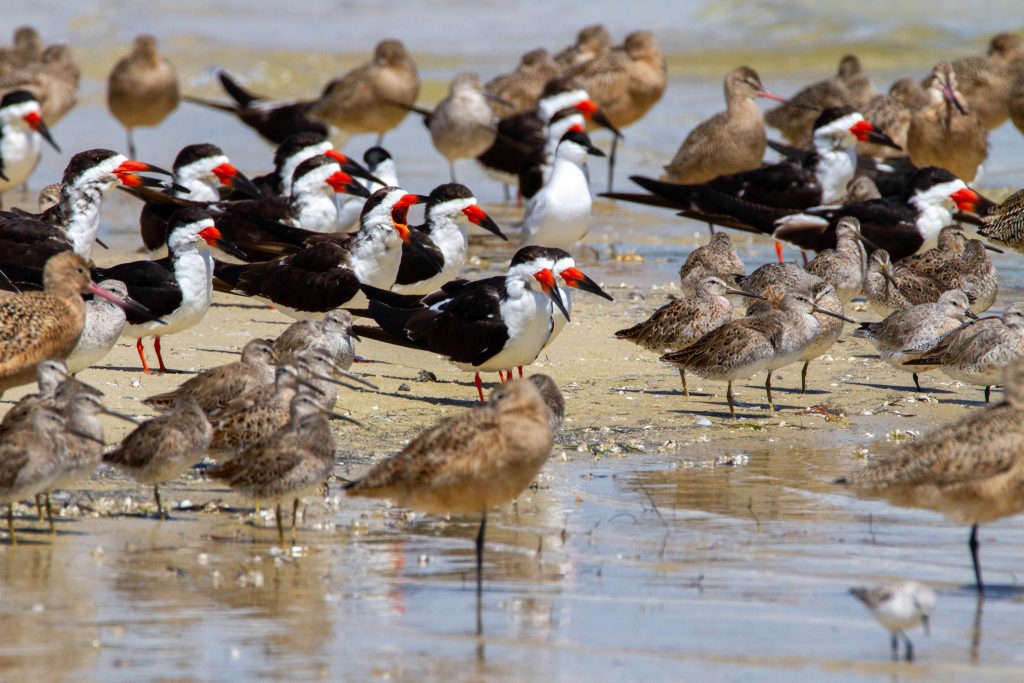
There is a multitude of new friends to meet and share space with, some probably still unknown to science. But, as with nearly every other part of the world, development, habitat loss, pollution, and invasive species threaten our biodiversity. The first step to protecting these rare and unique species is learning about them and the threats they face.
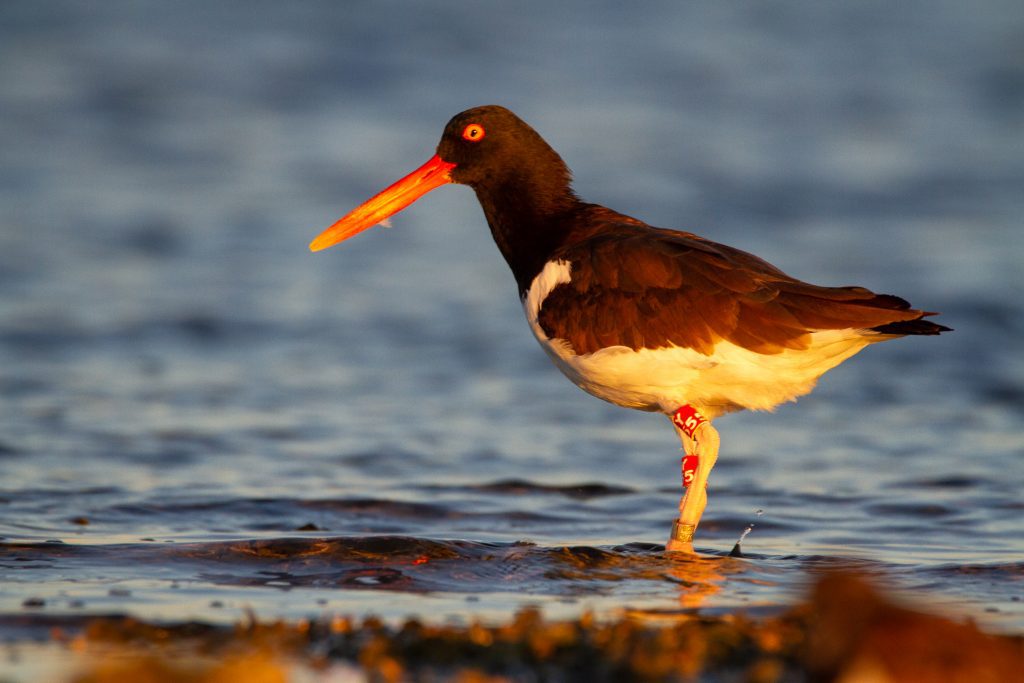
Through my work with the WFSU Ecology Blog, I hope to bring you stories of these extraordinary species and help you have your own adventures out into the field to come face to face with some of our incredible species. Together, through knowledge, compassion, and community, we can help safeguard our astonishing biodiversity. By protecting these species and their natural communities, we support and nourish our human communities. We benefit when they benefit, after all.
I’m thrilled to have this opportunity to work with the WFSU Ecology Blog and bring you stories of our fantastic creature neighbors and natural communities. Hopefully, as things continue to improve with our public health situation, we can get outside and meet these creatures together.
See you outside.
